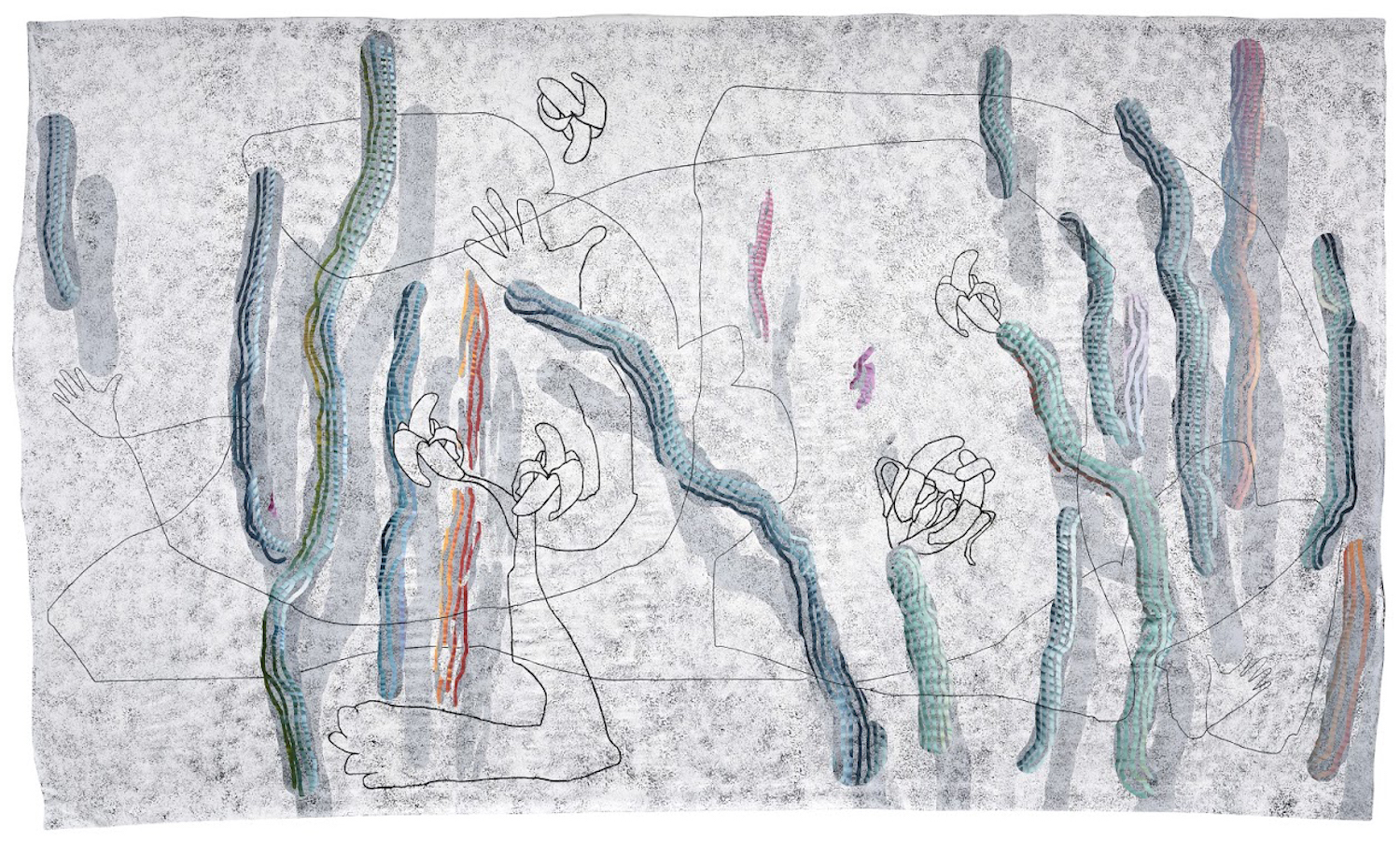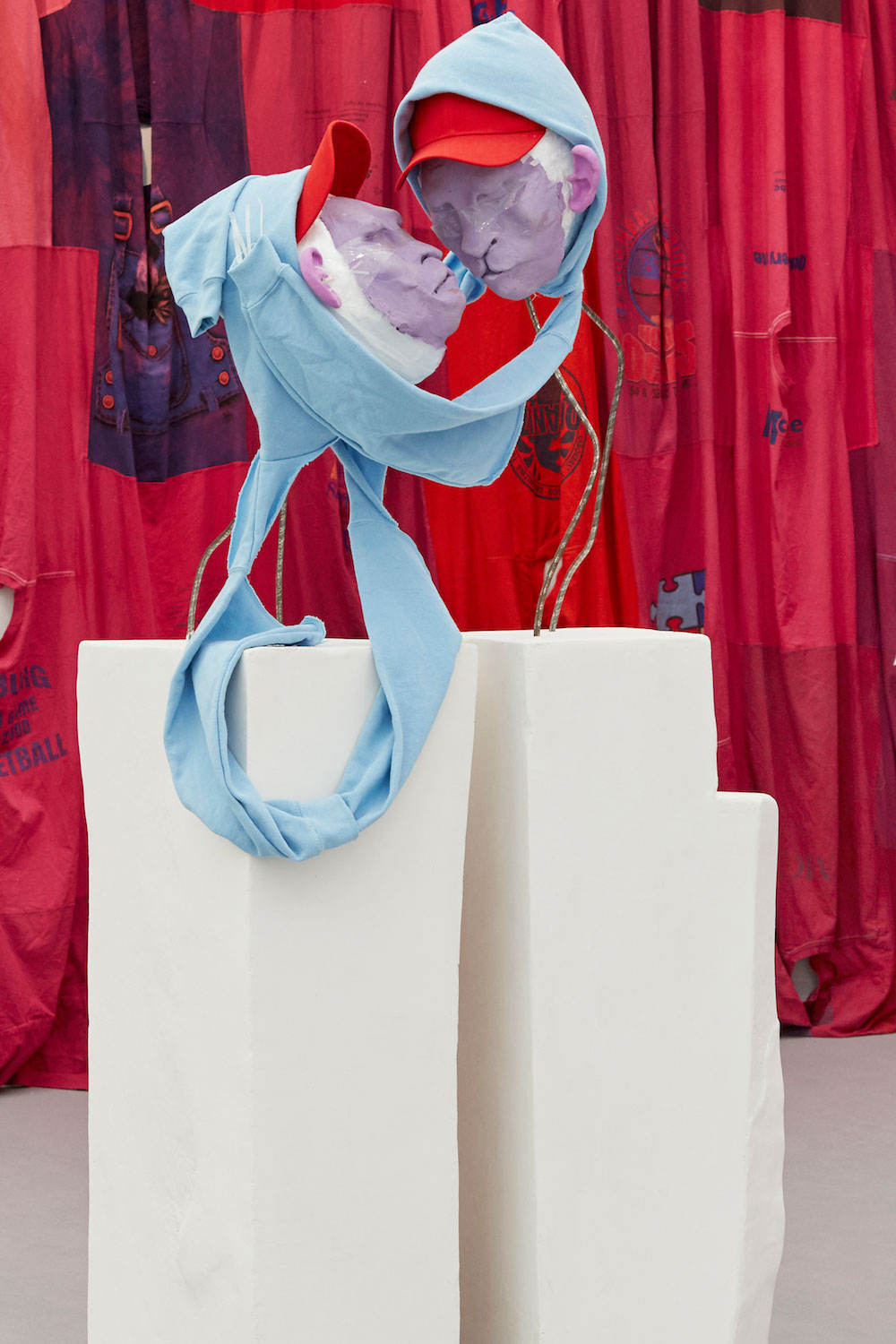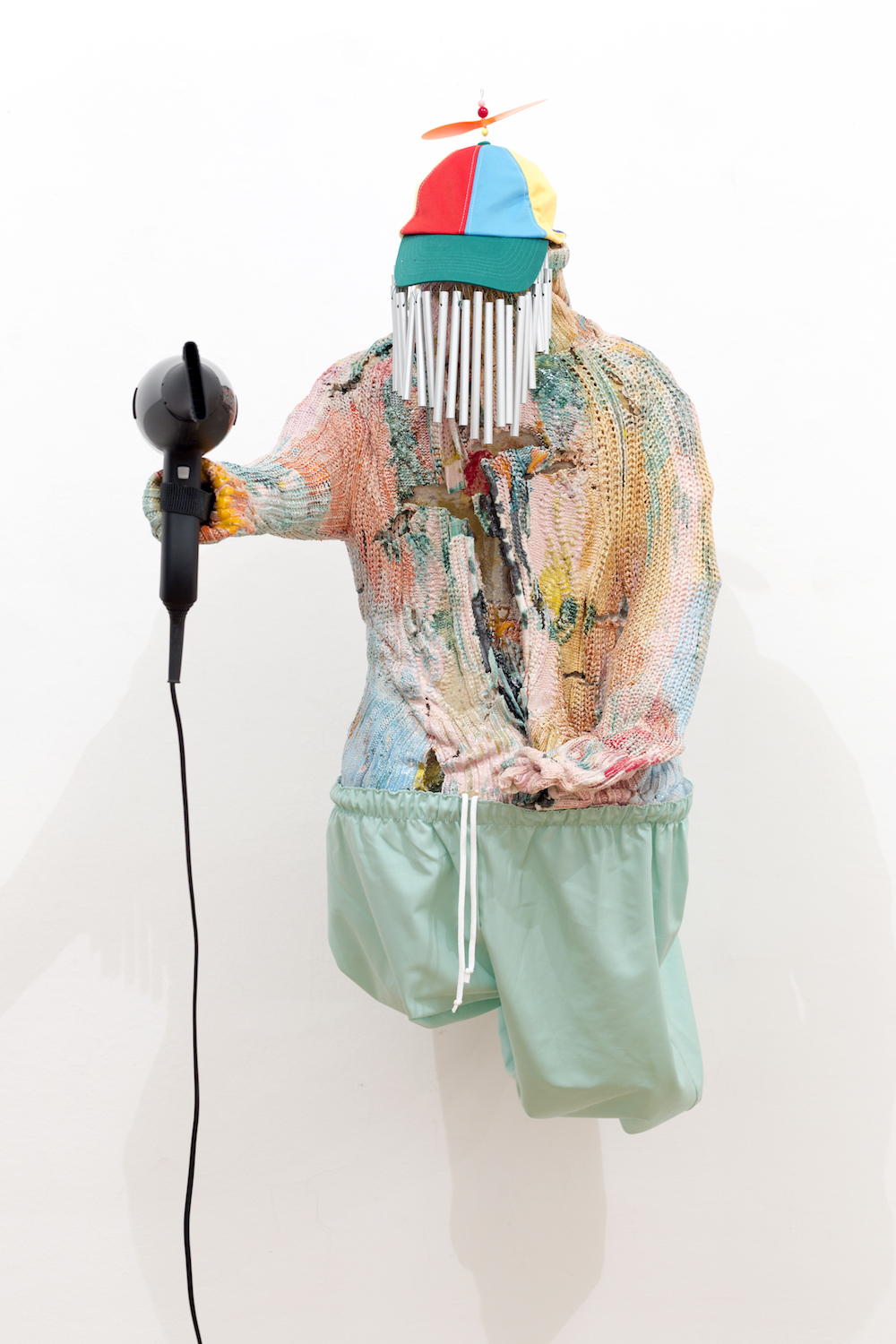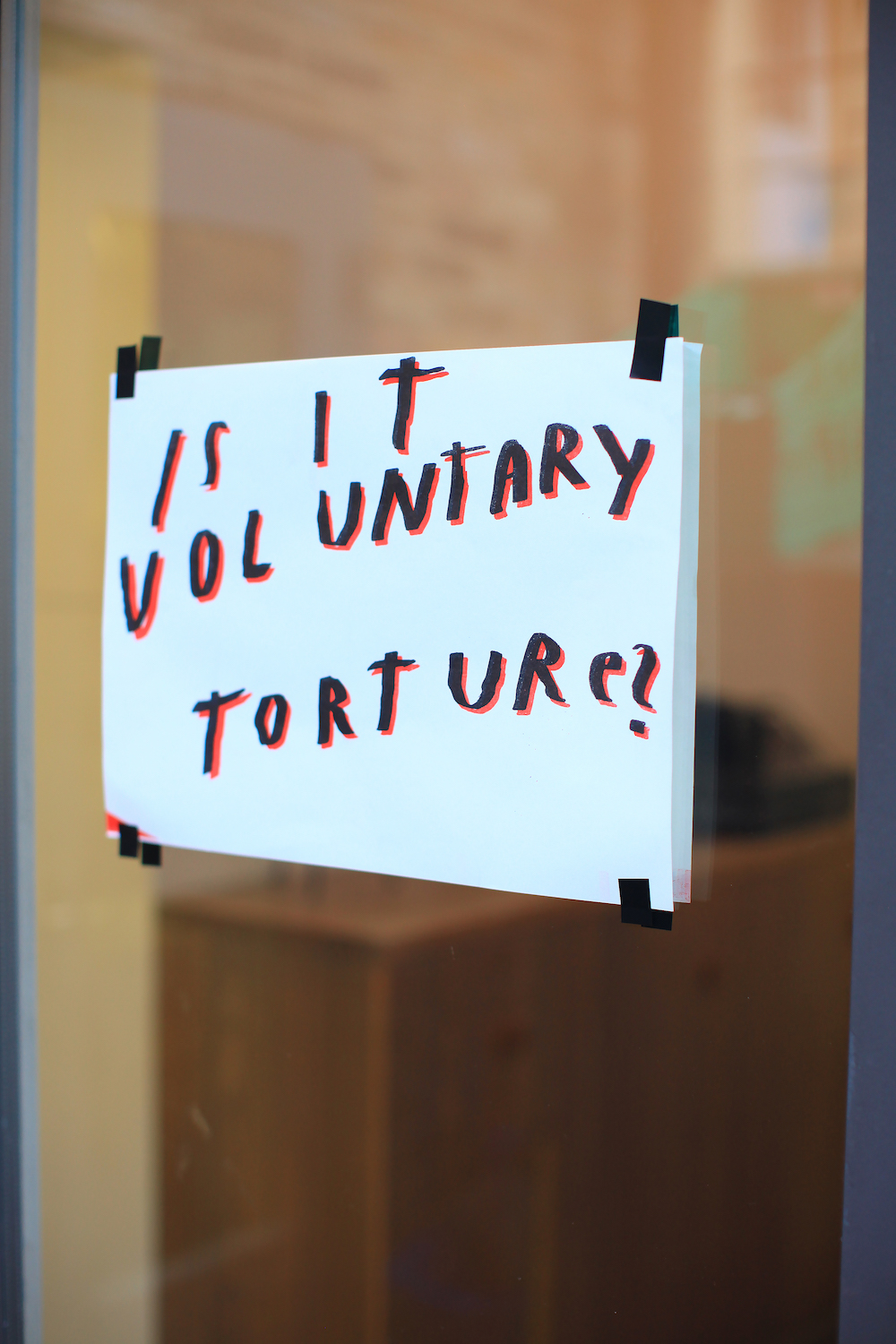Baltic Triennial: explore this summer’s landmark art programme through the eyes of its curators
Held for the first time across all three Baltic states, this edition of the Triennial explores the idea of belonging. We caught up with the curators heading up each chapter about their key concerns, engagement with the city and highlights not to be missed
In 1979, the first Baltic Triennial was instituted by the Soviet Union. Each of the three Baltic States — Estonia, Latvia and Lithuania — held an exhibition, dedicated in turn to craftsmanship, graphic design and visual arts. The Baltic Triennial of Young Contemporary Art, as the visual arts exhibition was known, was held in Lithuania, where, unlike in Estonia and Latvia, it continued after the restoration of independent Lithuania in 1990. Today, a process of steady internationalisation has firmly situated the Triennial within the global circuit of contemporary art festivals. Following several editions dedicated to the local context, this year’s Baltic Triennial 13: Give Up the Ghost has been led by Artistic Director Vincent Honoré alongside a team of young, mostly London-based curators, with a notably international outlook. Coinciding with the anniversary of independence in 1918, the Triennial will be held for the first time across all three states, at Contemporary Art Centre (CAC) Vilnius, Tallinn Art Hall and Kim? Contemporary Art Centre, Riga.
The Triennial takes up what it sees as an urgent task to address identity and the politics of race, gender and class
Give Up the Ghost takes as its theme the notion of belonging. The curatorial concept, or “motif”, as Honoré calls it, begins with questioning what it means to belong in a moment of fragmentation. Such questions have a specificity to the Baltic States, which have always been in a state of in-betweeness. Yet more and more this position is something that everybody feels - as Honoré says, ‘We are all, for various reasons, in between states.” Developed in a moment in which Donald Trump was running for President and populist movements were rising to prominence across Europe, the Triennial takes up what it sees as an urgent task to address identity and the politics of race, gender and class. In an age of fractured identities, the Triennial aims to “embrace fragmentation, and from that fragmentation to try to figure out a sort of unity, a coherence”. Artworks included in the exhibition focus on a moment of transition, and were selected based on the criteria of formless subjectivity, bastard objects and anticategories. With works spanning a breadth of forms and styles, including the rare inclusion of poetry, the exhibition aims to create a sense of atemporality.
We caught up with the curators heading up each chapter about their key concerns, engagement with the city and highlights not to be missed.
Contemporary Art Centre (CAC) Vilnius, Lithuania, 11 May - 12 August
Curator: Canan Batur
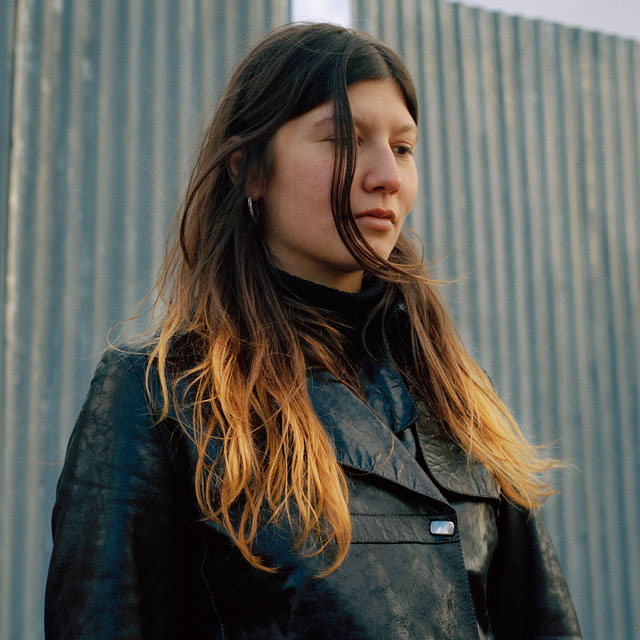
“In general, the whole Triennial is about Giving up the Ghost — that is, giving up preconsumed, pregiven assumptions and notions about gender, race and identity. In Vilnius, the focus is more on the question of territories — geographical, political and emotional — and ecological concerns. Gender politics also come through quite strongly in the works.
The Vilnius chapter is more of an object and material-based exhibition. The Triennial runs for a long period of time — three months — with all of the team based in London, so we felt it was important to have something more permanent, so that with each visit you could see something different. Saying that, we had some amazing performances during the opening week, by Adam Christensen and Egle Budvytytė.
It’s the biggest venue in the Triennial, with the most works — 96 in total, including 14 new commissions and reconfigurations. There are new commissions by Lithuanian artist duo Pakui Hardware. Ieva Rojūtė contributed a poem about belonging and non-belonging. Augustus Serapinaswent to a nuclear plant and used the radioactive material he found to create a huge structure within the exhibition — it’s like moving through the particles of a nuclear plant. There’s a Melvin Edwards work reconstructed for the first time since 1974, a hostile creature coming out of the wall, exhibited alongside a record of spoken-word poetry by his late wife the poet Jayne Cortez being played in the entrance. There are videos by Laure Prouvost and Rachel Rose. There are a lot of paintings, including 15 commissioned monotypes by Sanya Kantarovsky and works by E’wao Kagoshima. For the exhibition, we worked hand in hand with an architect we commissioned from an open call, DiogoPassarinho. The idea was to manipulate the institution with a construction throughout the entire space, within which artworks and site-specific installations would be presented.
To connect to the local scene, we worked really closely with the CAC. Neringa Bumblienė, the Curator, has been a part of our curatorial team from the beginning, and her inclusion has been really important in connecting us to what is happening there. The engagement with the city took time; when you’re going somewhere and you don’t know that territory you need to be honest about what you can bring, and what kind of interaction you can have with the local scene.”
Tallin Art Hall (Kunstihoone), Tallinn, Estonia, 29 June - 2 September
Curator: Dina Akhmadeeva
“The Tallinn chapter picks up the question of belonging and the acknowledgement that identities are mutable and fluid through a focus on the body and the self — the way we are in our own bodies as well as how we relate to others.
We are bringing three historic figures into this chapter, including Ülo Sooster, whose practice will be very well known to those familiar with 20th Century Estonian art. Derek Jarman and Pierre Molinier will also appear in an altogether unexpected environment, in a space that is being taken over by Paul Maheke. Maheke, Jarman and Molinier will flow into one another in a way that articulates the fluidity of the body beyond its physical confines. Young Girl Reading Group (Dorota Gawęda and Eglė Kulbokaitė) are shifting our perspective toward the sense of smell and engaging our bodies in a drastically different way. Carlotta Bailly-Borg’s works — paintings and earthenware pieces — will foreground desire, sensuality and intimacy. New productions will be made for this part of the triennial — Ola Vasiljeva’s “drawings in space”, Merike Estna’s experiments in a new medium that will both shroud and “contaminate” the space as well as host and welcome performances.
While the Triennial has been running since 1979, the idea for it to be co-commissioned came from Maria Arusoo — the director of the Centre for Contemporary Arts (CCA) Estonia, which is a not-for-profit institution that since 1992 has been working on activating the contemporary art scene locally and internationally. So CCA Estonia is the co-commissioner of the Triennial and the producer and organiser of the exhibition. BT13 has developed in and through its local context, where we’ve worked with team members on the ground in Tallinn who are completely embedded in the local art scene and fabric of the city.
The chapter will open and close with a series of performances, highlighting the importance of the moving body. Performances by Young Boy Dancing Group, Paul Maheke, Lina Lapelytė, Young Girl Reading Group, Elīna Lutce, Adam Christensen and Jamila Johnson-Small which took place at opening weekend at Tallinn Art Hall will also be part of a special closing weekend programme at KanutiGildi SAAL on the 1 and 2 September.”
Kim? Contemporary Art Centre, Riga, Latvia, 21 September - 18 November
Curator: Anya Harrison
“The Riga Chapter is the most different in format, mostly because we’re working in a space that is the smallest of the three venues. We wanted to use that as a strength rather than a weakness, to rethink what a Triennial or large-scale exhibition is doing and could do differently. The Chapter will be less object-focused than the other two, with a stronger focus on events and public programming. Conceptually, Riga is very much to do with thinking about social relations and structures in relation to the question of belonging. How do we belong within a society and a community; what kind of communities do we create and what is our relationship as an individual to the collective?
Across the 20th century, the Baltic States have been perceived as “limitrophe” states — countries that are historically, geopolitically, culturally and economically “in-between”. They’re known as a buffer zone between Russia on the one hand and Europe on the other. The questions of belonging, and of fluidity and formlessness arise from that context. The idea was to use that as a concept and to push beyond it, beyond identity and the discussion of belonging, which is always in relation to something or someone. It’s something that has a strong specificity to the Baltic states, but applies to many other countries since the 90s, allowing us to be much more expansive in our approach.
Kim? is one of the better known spaces internationally. There’s quite a small, tight-knit artistic community in Riga, and Kim? plays an important role as one of the main spaces for contemporary art. They foster a kind of openness and exchange between Riga, Latvia and the wider international art community which hopefully we’re also trying to do with the Triennial. It’s an international event, so it’s aimed at an international audience as much as a local one. There’s always been a balance of thinking yes, it’s the Baltic Triennial, but we’re not exclusively focusing on the Baltic scene. The point is to avoid these national and very specific categories and delineations and actually to foster something that is much more open ended and conducive to different perspectives, viewpoints and backgrounds coming together and moulding within the space of the three countries.
At Kim?, the whole space has been given over to Ben Burgis & Ksenia Pedan to create an immersive environment that activates the gallery as a social space — an open platform which allows for different events and situations to happen over the duration of the exhibition. Adam Christensen will be present in Riga in a few different forms to activate the space. In the closing days of the Triennial, between 15-18 November, there will be a screening of Pierre Huyghe’s The Host and the Cloud, alongside Derek Jarman’s Blue, which has only been shown in Riga once in the mid-90s. Blue will make for a really beautiful ending, or coda, to the Triennial.
It will be difficult for most people to see all three chapters, but in a way that’s the point. The notion of breaking up the Triennial format is important: that idea of becoming something more formless.”
Interviews: Hannah Zafiropoulos
Top image: Performance entitled Seeking After the Fully Grown Dancer *deep within* (2016-18) by Paul Maheke. Image: Galerie Sultana, Sandino Scheiddeger


